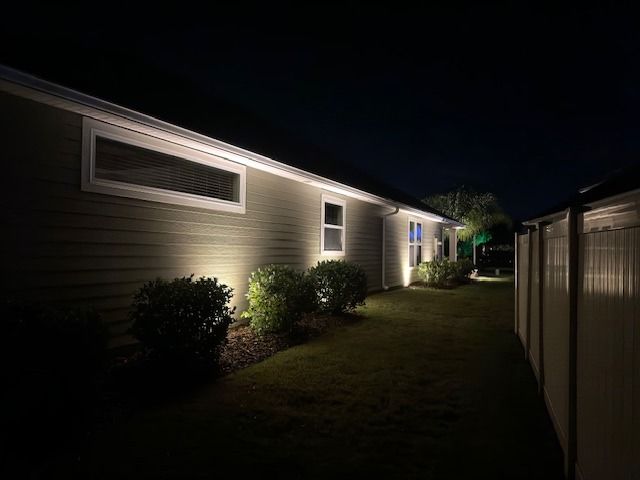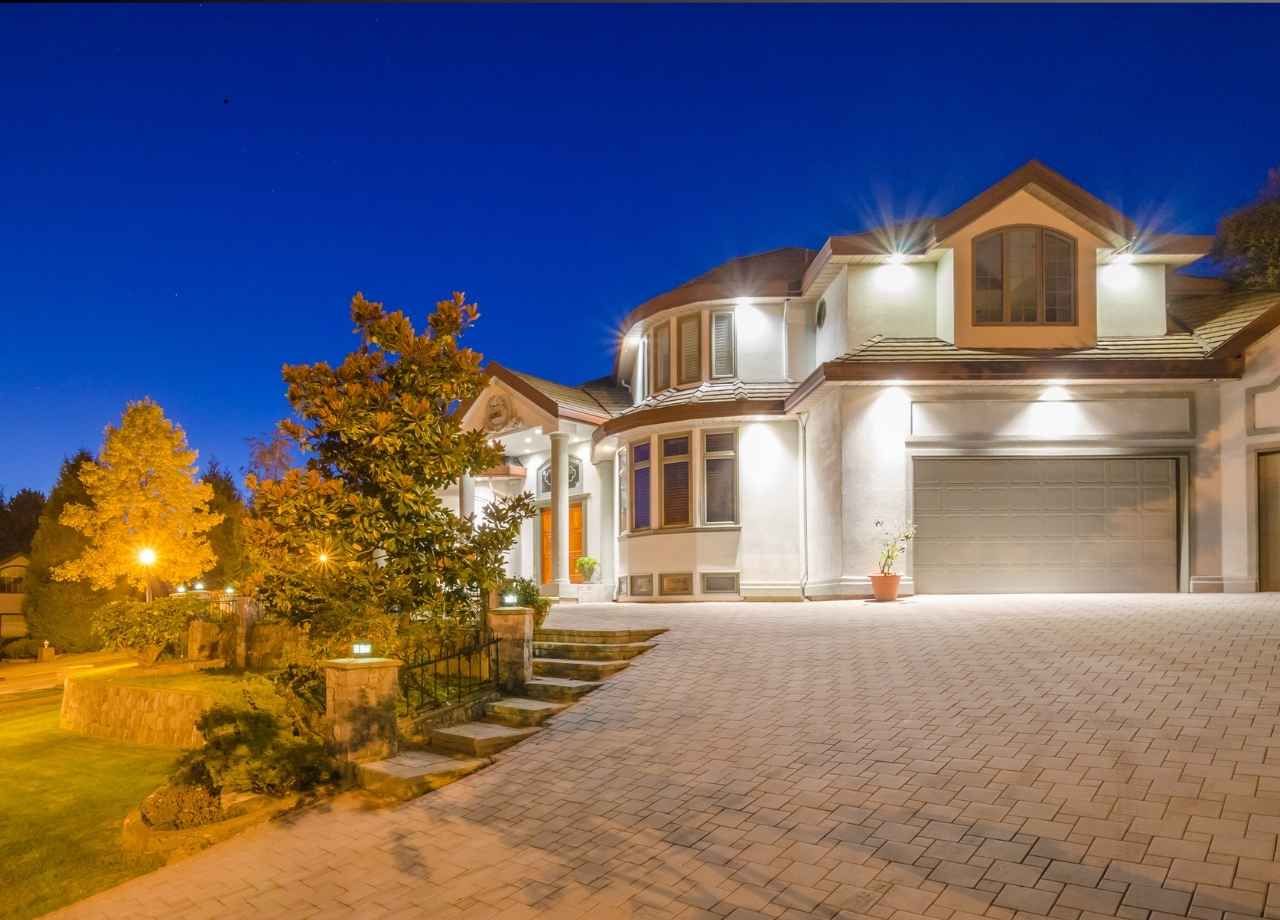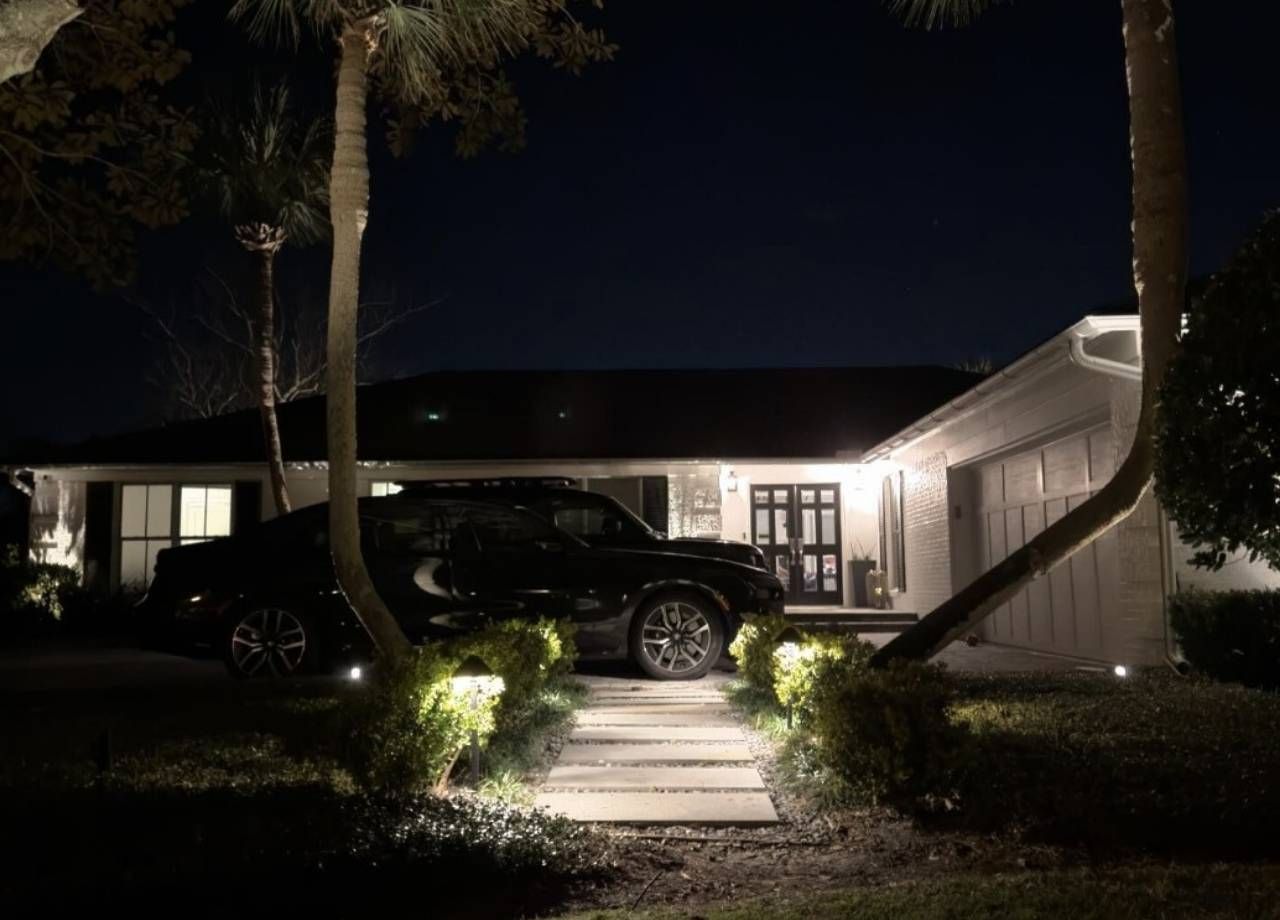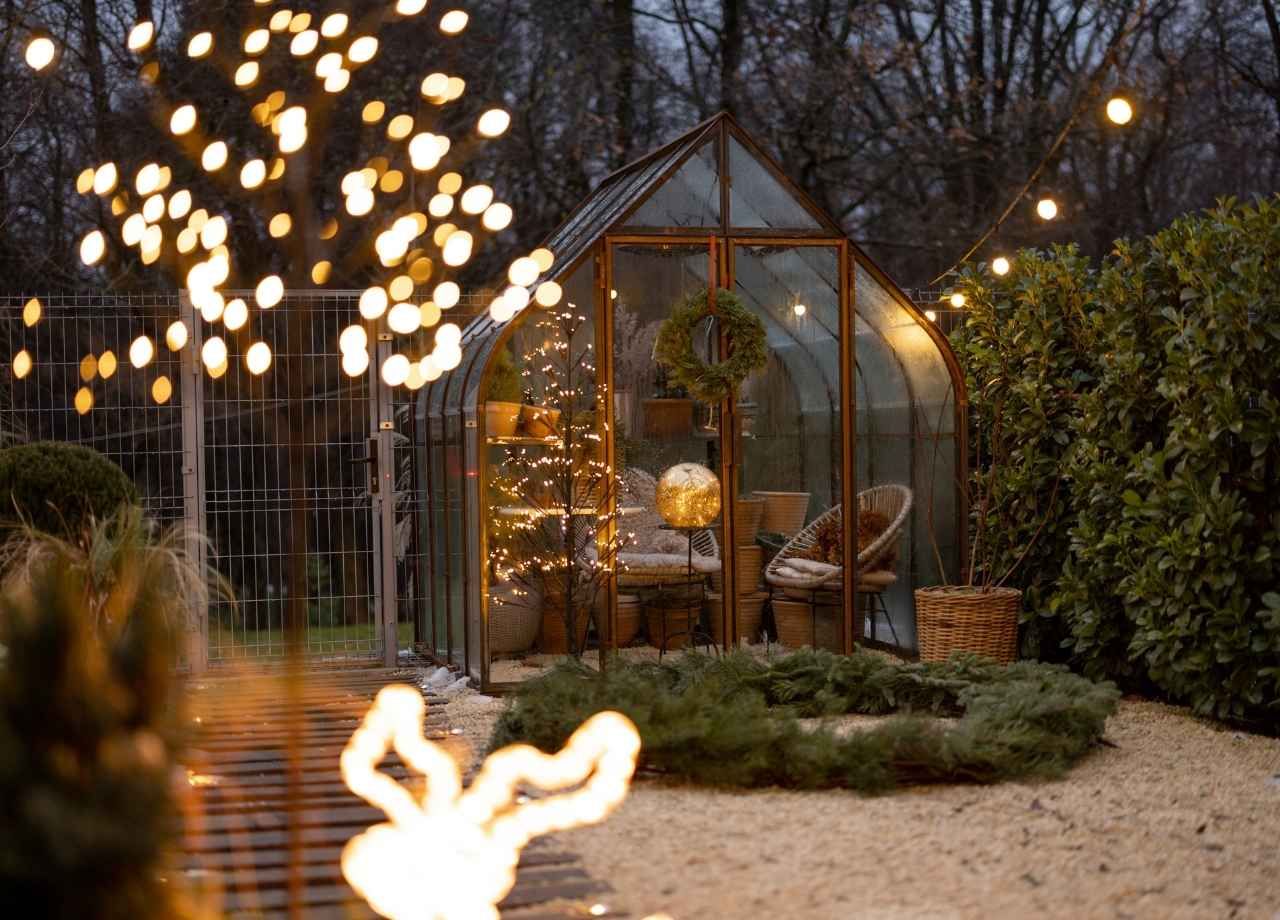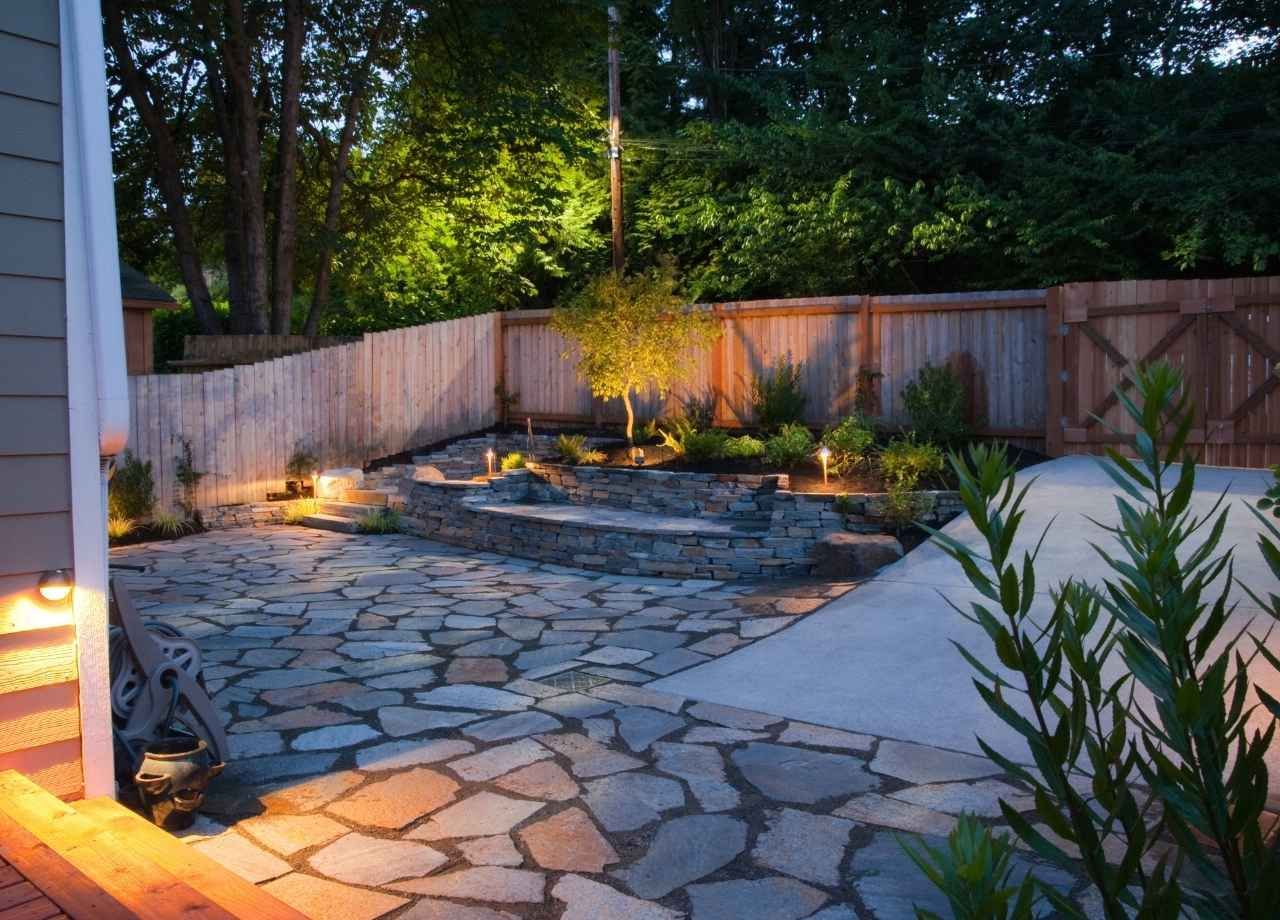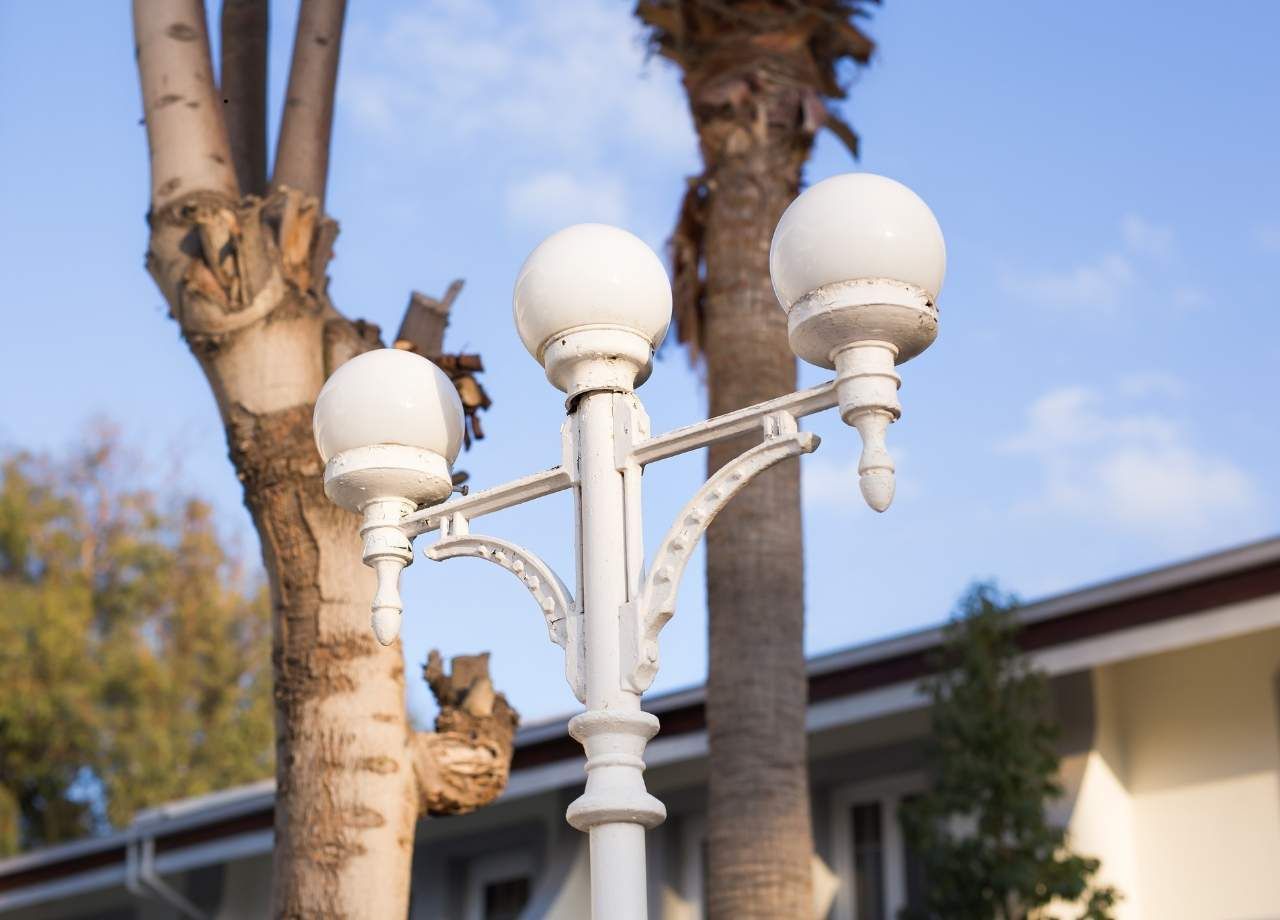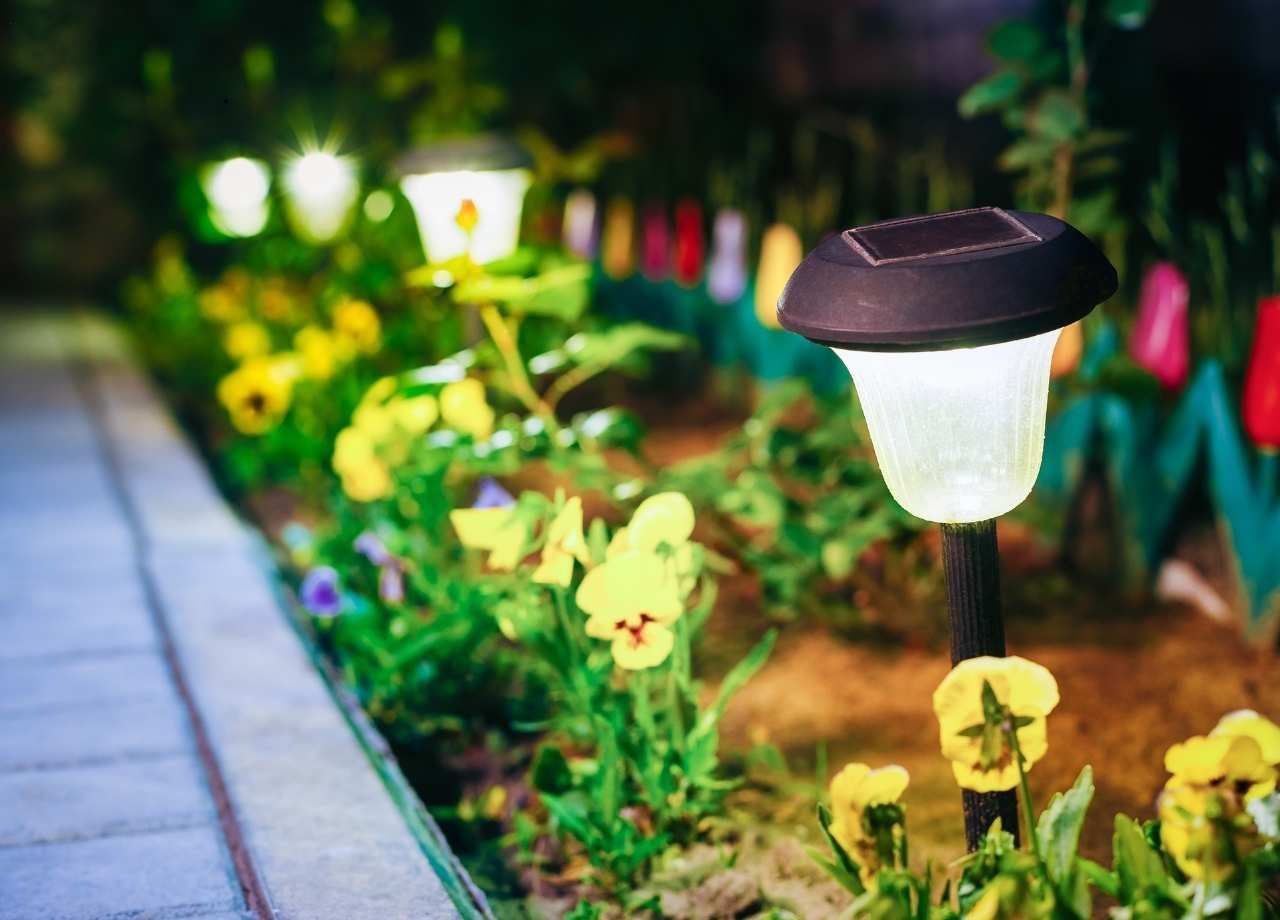Do Outdoor Chandeliers Work in Florida Weather? What to Know Before You Install
Outdoor chandeliers bring elegance and drama to patios, lanais, entryways, and pergolas. In a state like Florida, where outdoor living is practically year-round, they seem like a natural upgrade. But before moving forward with installation, it’s worth considering how well these fixtures hold up under local conditions. At Aloha Outdoor Lighting, we work with homeowners across Northeast Florida to create outdoor lighting designs that are both stunning and resilient, and chandeliers have become a growing interest for clients looking to add ambiance with a touch of flair.
Understanding whether they truly perform well in Florida’s unique climate is critical if you're aiming for something that lasts and continues to look its best. Let’s break it down
Florida’s Climate Challenges: What Outdoor Fixtures Must Withstand
Florida weather brings a specific set of challenges that many other regions don’t face with the same intensity. High humidity, salt air (especially near the coast), intense UV exposure, sudden temperature shifts, tropical downpours, and hurricane-force winds all have the potential to shorten the lifespan of outdoor fixtures that aren't made for this environment.
Humidity alone can degrade wiring and metal finishes if not properly sealed or treated. In coastal regions like Jacksonville Beach or Ponte Vedra, salt corrosion is a real concern. UV rays can fade painted finishes and damage plastic or resin materials, and moisture can lead to mold growth or electrical shorts if the chandelier isn’t rated for wet or damp environments. Any outdoor fixture in Florida needs to be more than just weather-resistant; it has to be Florida-resistant.
What to Look for in an Outdoor Chandelier
Choosing a chandelier rated for outdoor use isn’t enough. Not all "outdoor-rated" products are built for subtropical and coastal performance. Look for chandeliers that are explicitly labeled as "wet-rated" rather than just "damp-rated." A damp-rated chandelier might work under a fully covered porch, but it won't stand up to blowing rain or heavy condensation. Wet-rated fixtures are sealed to prevent water intrusion, making them the right choice for exposed areas.
Material quality matters just as much. Powder-coated aluminum, marine-grade stainless steel, resin composites, and solid brass tend to hold up better than cheaper metals or untreated iron. Avoid finishes that aren’t UV-resistant, as they will fade or crack under the intense Florida sun. Acrylic or polycarbonate shades are typically safer than glass for hurricane zones, though tempered safety glass is an option for more wind-protected areas.
Installation Considerations for Florida Properties
Installation isn’t just about wiring and mounting. In Florida, outdoor chandeliers must be installed with careful attention to exposure. Even if the fixture is wet-rated, it helps to mount it in a location with some overhead protection—a roof overhang, pergola cover, or screened lanai can extend the life of the fixture significantly.
Mounting hardware should be corrosion-resistant. Galvanized or stainless steel brackets, silicone-sealed connections, and weatherproof electrical boxes are all non-negotiable. If wind is a factor—especially in hurricane zones—the fixture must be mounted securely to a structure that can bear its weight and resist lateral movement. Lightweight designs tend to fare better in wind-prone areas.
We also recommend installing a drip loop in the wiring to prevent water from seeping into the fixture through the conduit. Timers, dimmers, and smart controls should be housed in weather-rated enclosures or located indoors.
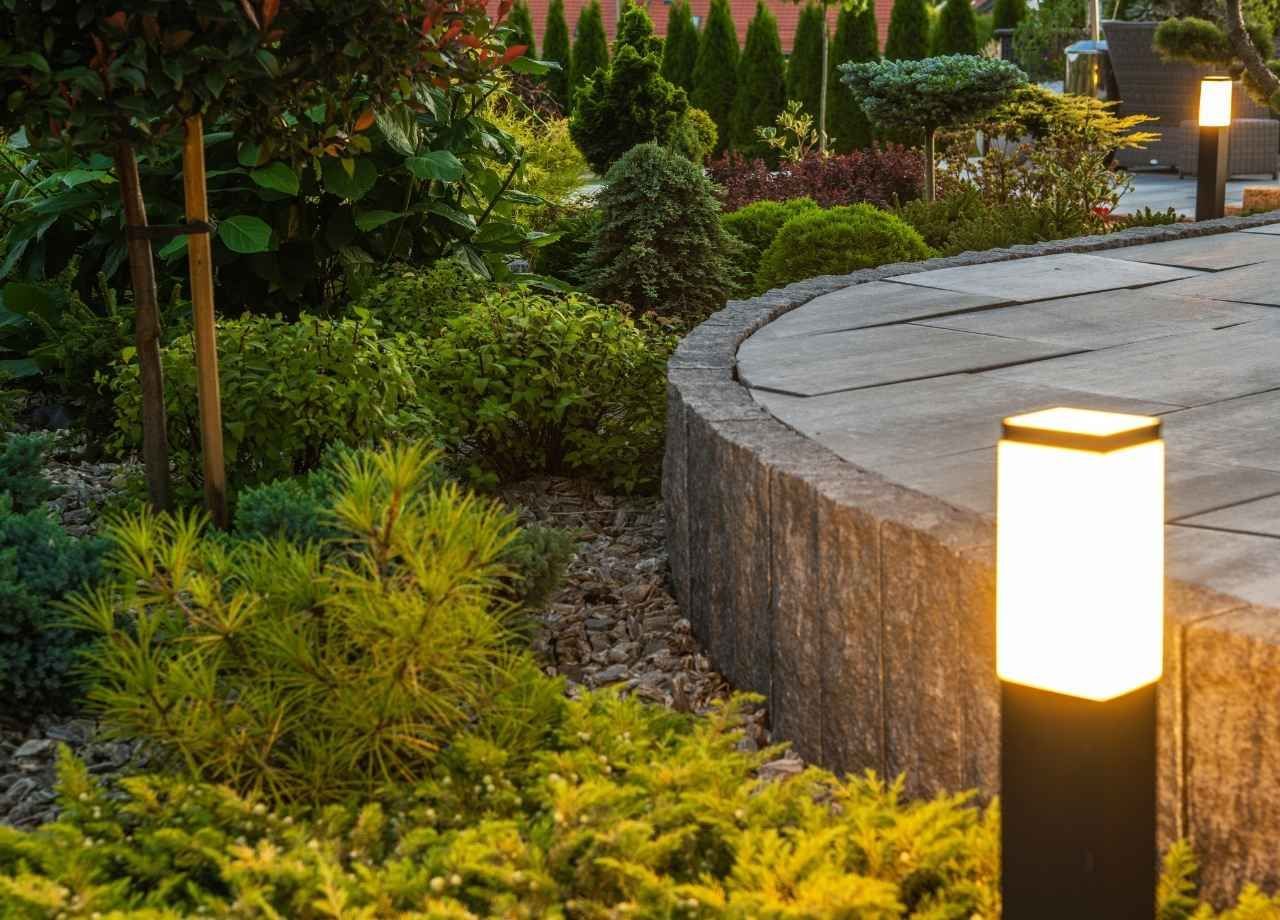
Design and Aesthetic Fit for Outdoor Living Spaces
Outdoor chandeliers should enhance the overall design of your outdoor area, not just survive the climate. They work well over outdoor dining tables, lounging areas, and entry vestibules. The goal is to balance scale, material, and style with the space. Oversized chandeliers can overwhelm a low patio ceiling or narrow entryway, while small fixtures get lost in large open-air lanais or covered verandas.
Rustic and coastal styles continue to dominate in Florida outdoor spaces, but transitional and contemporary chandeliers are also gaining popularity. Open-cage designs with Edison-style bulbs bring a warm, ambient glow, while tiered crystal or glass chandeliers create dramatic focal points. Keep in mind the finish should complement your home’s exterior materials and landscape features.
If you have a lot of natural or landscape lighting around, the chandelier should act as an accent, not the main source of light. Layered lighting—combining the chandelier with pathway lights, uplighting, and wall sconces—gives your space both function and flair.
Maintenance Tips for Long-Term Performance
Routine maintenance is the secret to keeping outdoor chandeliers looking and performing their best. At least twice a year, clean the fixture using a soft cloth and mild soap. Avoid abrasive cleaners or high-pressure hoses that could damage the finish or compromise seals. Check for signs of corrosion or loose mounting hardware, and replace bulbs with outdoor-rated LEDs to avoid frequent changes.
Inspect the canopy and wiring annually, especially after major storms. If the chandelier uses glass components, ensure they're securely fastened and show no signs of chipping or cracking. If your fixture has moving or hanging parts, like chains or pendants, inspect those for wear and reinforce or replace as needed.
We often recommend a professional annual inspection for high-mounted or difficult-to-access chandeliers. This ensures any small issue is caught before it becomes a hazard or major repair job.
Are Solar-Powered Chandeliers an Option in Florida?
Solar-powered outdoor chandeliers are available but tend to be best suited for decorative use rather than primary lighting. Their performance depends heavily on the amount of direct sun they receive throughout the day. In Florida, the sunshine is plentiful, but shaded patios or covered lanais may not provide enough exposure to fully charge solar panels.
If you opt for a solar chandelier, make sure the solar cells are positioned where they can get several hours of direct light. Also, choose units with built-in batteries capable of holding a charge for multiple nights. Hybrid options that allow for USB or wired backup charging are generally more reliable.
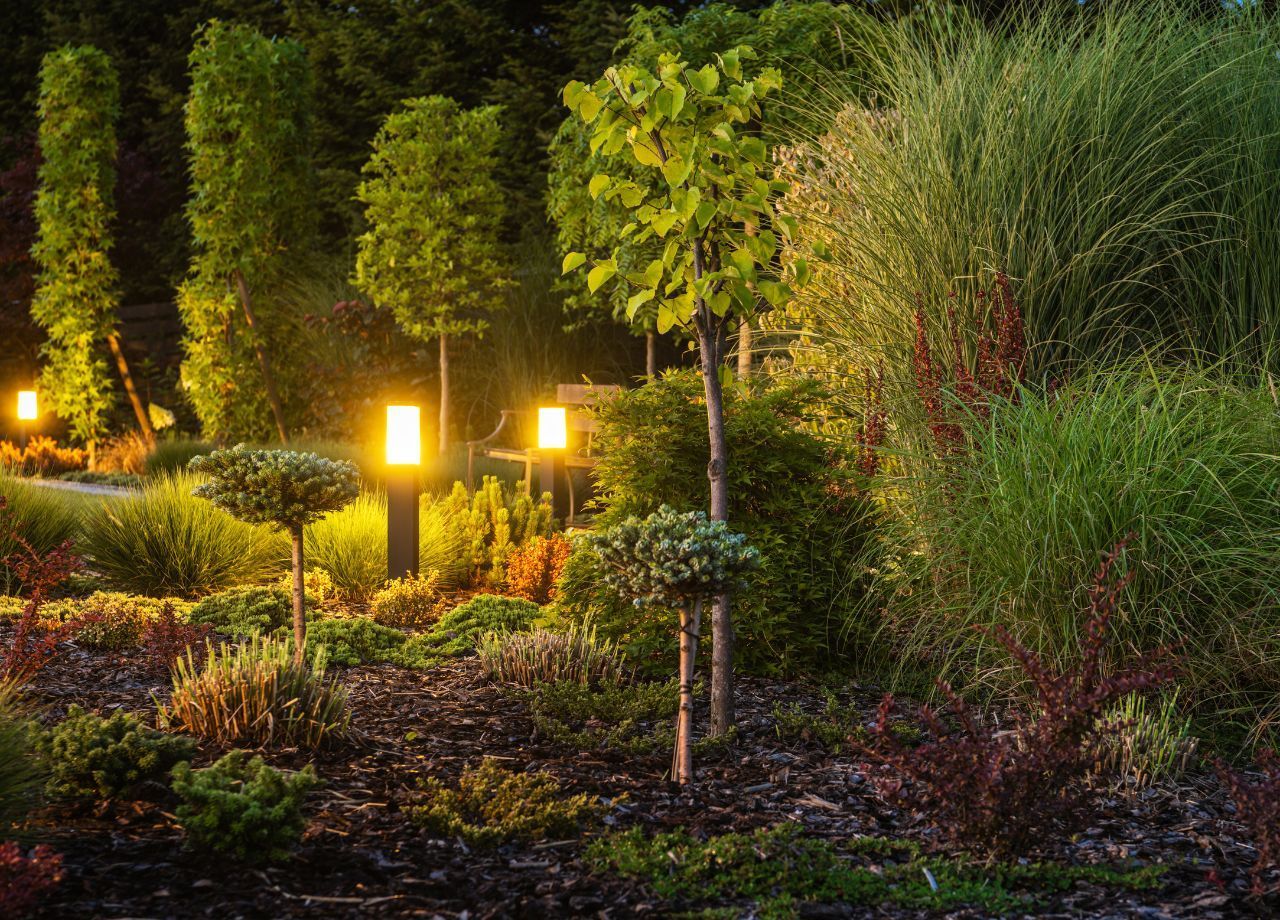
Lighting Controls and Integration with Outdoor Systems
Smart lighting controls are becoming more common in Florida outdoor setups. Outdoor chandeliers can be connected to low-voltage systems, controlled via smartphone apps, or programmed into broader landscape lighting systems. This lets you manage brightness, set timers, or adjust color temperature for mood lighting.
If you're already using a low-voltage lighting system for your landscape, ask your lighting professional whether your chandelier can be integrated with it. This reduces wiring complexity and ensures consistent control across your entire outdoor lighting setup.
Final Thoughts: Are Outdoor Chandeliers Worth It in Florida?
Yes, outdoor chandeliers absolutely work in Florida—but only when chosen and installed correctly. The combination of heat, humidity, salt, and storms means they must be built to a higher standard than most "all-weather" products claim. With the right materials, protective features, and maintenance plan, these fixtures can deliver years of beauty and function in your outdoor living space.
If you're considering an outdoor chandelier and want to ensure it's both stylish and resilient, the team at Aloha Outdoor Lighting can guide you through product selection, placement, and installation. We specialize in lighting solutions designed specifically for Northeast Florida’s unique environment, and we prioritize performance as much as visual impact.
Outdoor chandeliers elevate spaces with elegance, but Florida demands a thoughtful approach. Get it right, and you’ll enjoy more than just good looks—you’ll gain a reliable, weather-tough feature that enhances your home night after night.

